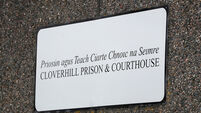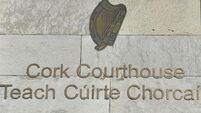Unnecessary blood transfusions could have lead to two deaths in 2005
Director of the National Haemovigilence Office (NHO), Dr Emer Lawlor, said while both patients were extremely ill it was felt the transfusions “probably did not help” their condition.
Dr Lawlor, a consultant haematologist with the Irish Blood Transfusion Service (IBTS), said a severely ill patient with liver disease was given plasma that was considered unnecessary as the patient was not bleeding.
According to the NHO annual report for 2005 published yesterday, the death was considered to be “possibly related” to the transfusion.
“It (the transfusion) could have been a contributory factor and I think it probably was,” said Dr Lawlor.
She pointed to another section of the report dealing with the transfusing of incorrect blood components where, again, a patient was exposed to plasma that should not have been given.
Dr Lawlor said the transfusion probably caused a circulatory overload that may have contributed to the death of the patient who was already extremely ill.
The report also shows almost a quarter of transfusions under the Incorrect Blood Component Transfused category, the highest category of serious adverse events documented, were considered unnecessary.
“We believe this reflects increased awareness and reporting rather than a real increase but focuses attention on the need to audit clinic transfusion practice,” said Dr Lawlor.
And, she said, while the risk of known viruses, such as HIV, hepatitis C and hepatitis B were now extremely small, the emergence of other diseases, such as variant Crutzfeidt Jacob Disease (vCJD) and West Nile Virus as new transfusion risks emphasised the need to avoid unnecessary transfusions.
The report, published to coincide with the start of the ninth European Haemovigiliance Network Conference in Dublin Castle and hosted by the IBTS, states 266 transfusion-associated adverse events were reported by hospitals in 2005, compared to 214 in 2004, an increase of 24%.













